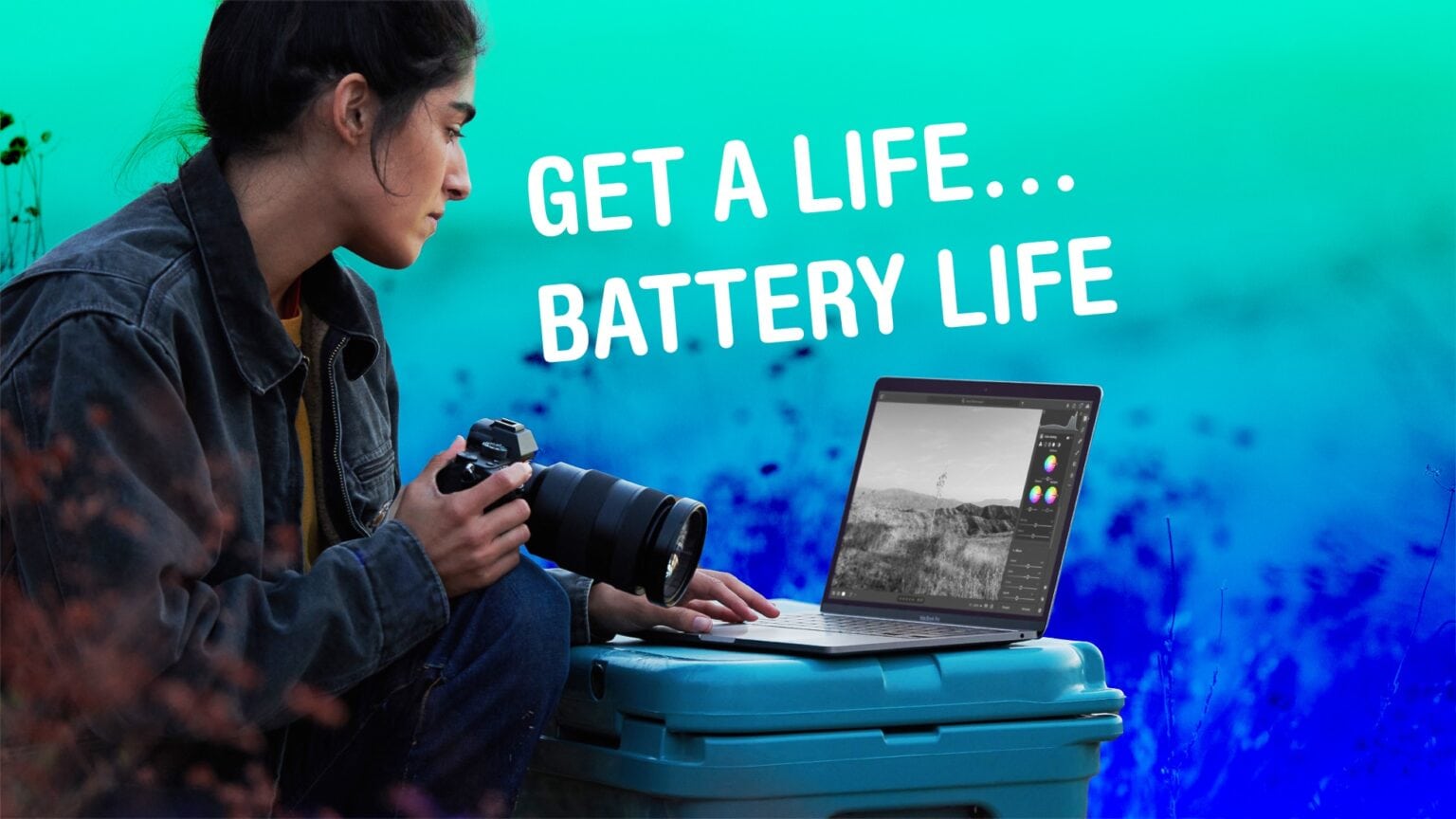How do you kill that which cannot die? The MacBook Air and MacBook Pro boast industry-leading battery life. In the PC world, the high power consumption of Intel processors means you generally must choose between battery life and performance.
The latest MacBooks use Apple’s own custom chips, cut from the same cloth as the iPhone and iPad chips Apple has been designing since 2010 (and, in a roundabout way, the one they made for the Apple Newton in 1994). This is what powers them to last all day at full speed.
If you want to take your M1 Max MacBook Pro to the coffee shop to get work done, and you leave your power cable at home — even if you’re editing 8K ProRes video streams in Final Cut Pro — you still might be ordering lunch and staying through dinner. How could one possibly need more battery life, and how do you get it?
Get longer battery life on a MacBook
There are two things to consider: how long your MacBook lasts on a single charge and how long the battery holds up over time.
The benefits are obvious. You want to get more work done before you need to hunt down your power cable and plug in. Ideally, you want to get all of your work done without being interrupted at all. If you take your MacBook to class or to work, you want to feel confident leaving your power cable at your desk so you can travel light.
The longer your battery lasts over time, the longer your MacBook remains useful as a laptop. My ancient 2015 MacBook Pro only gets an hour or two on battery after seven long, hard years of service.
See which Mac apps use the most power
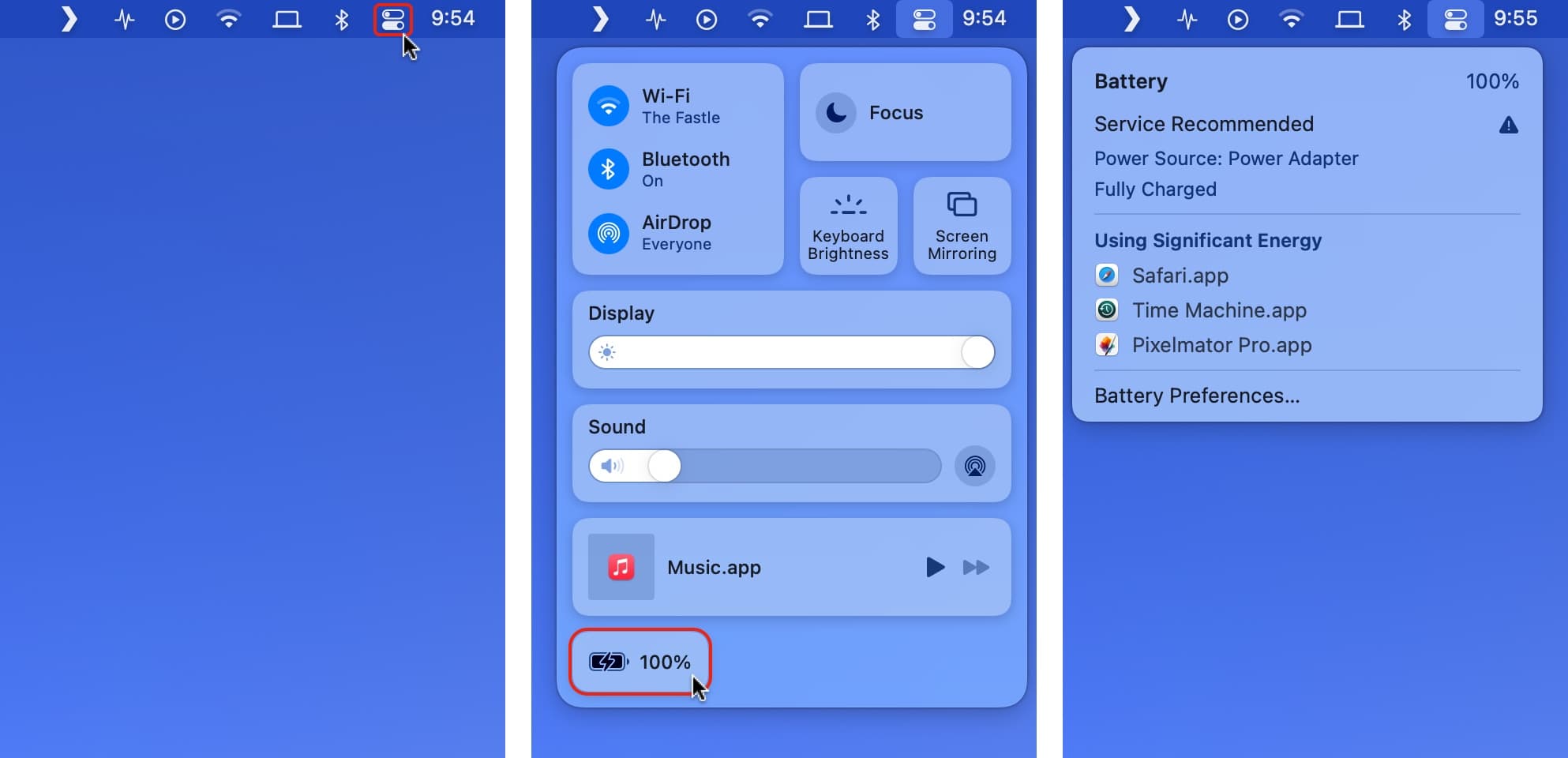
Screenshot: D. Griffin Jones/Cult of Mac
To identify apps that drain your MacBook battery the most, click the Control Center icon in the menu bar. Then click on the battery percentage in the bottom corner. Here you can see which apps use the most energy. Quit these apps (if you’re not using them) and your battery will last longer.
Don’t get too Quit-hungry
However, be a little conservative here. Quitting apps that you’ll open again moments later can often be worse than leaving them minimized in the background or with all windows closed.
This holds especially true for big apps like Microsoft Word or Adobe Photoshop that need to load a lot of resources every time you launch them. A good rule of thumb is to see which apps take a longer time to open.
Apple’s built-in apps like Messages, Calendar, Notes, Safari and others use a technology called App Nap. When they’re in the background, minimized or hidden, they’re not using any power — just like your iPhone.
If you want good MacBook battery life, don’t use Chrome (or apps that use Chrome)
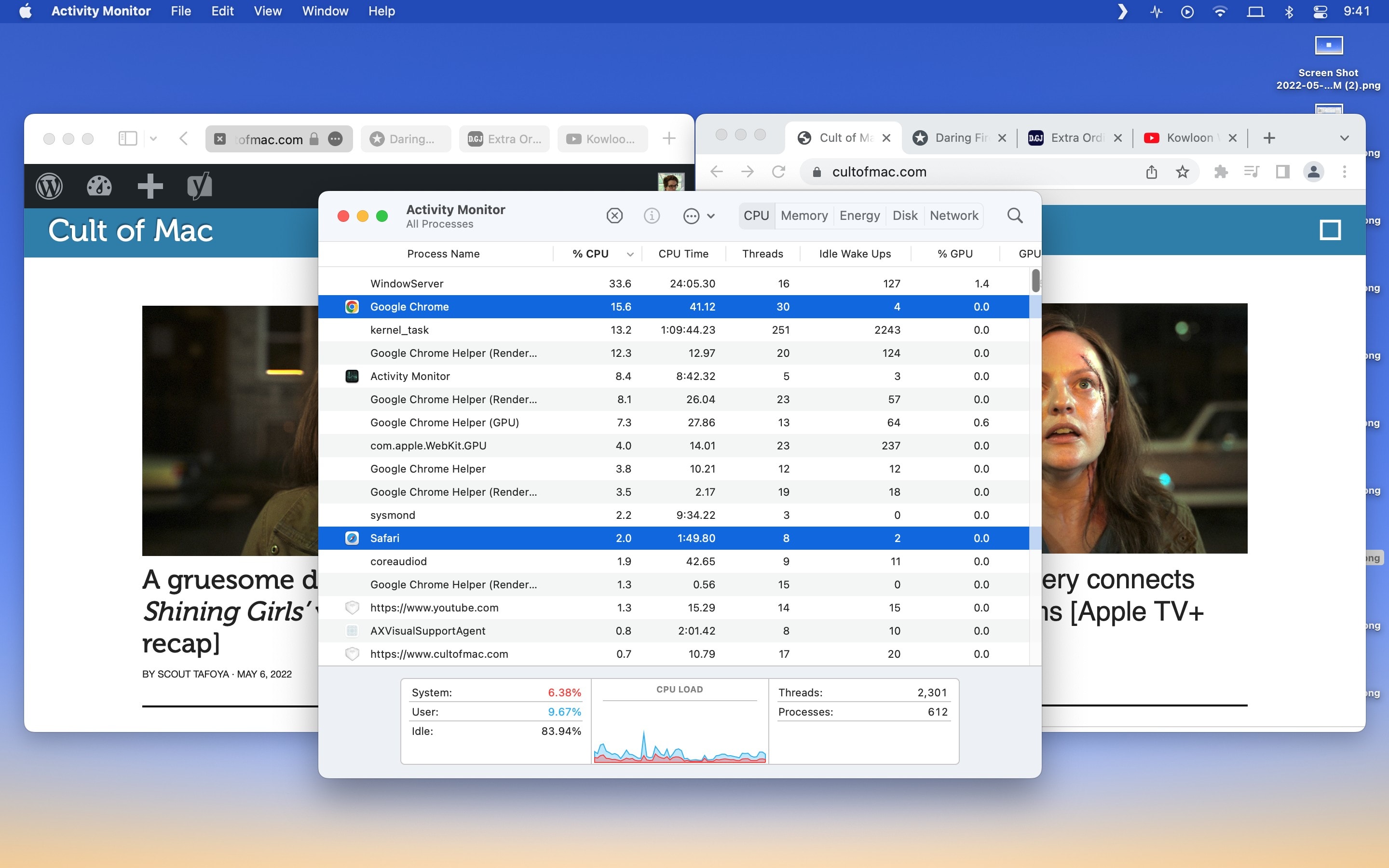
Screenshot: D. Griffin Jones/Cult of Mac
The Chrome web browser is notoriously power-intense. If most of your time on battery is spent on the web, using Safari instead of Chrome can make a significant difference to your MacBook battery life.
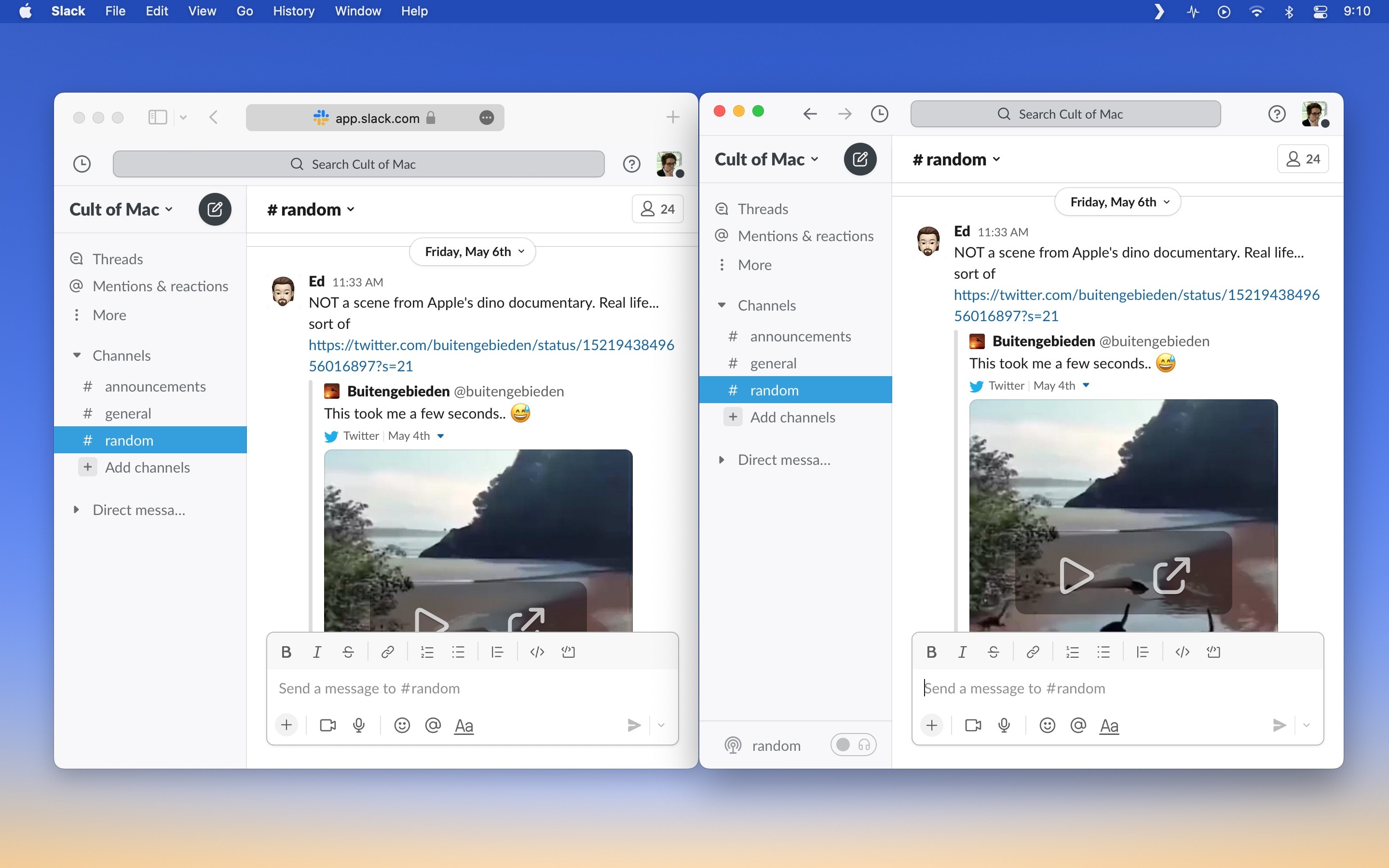
Screenshot: D. Griffin Jones/Cult of Mac
But that’s not all. A lot of popular desktop apps like Discord, Slack, WhatsApp, Skype and Messenger — any “app” that looks exactly the same as its website — uses the same power-hungry web engine that Chrome runs on. This technology is called Electron.
To save MacBook battery life, open these types of services in Safari instead of using the app, which secretly runs on Chrome. If you really like launching them from the Dock instead of a browser window, you can use Unite, which is free (with limits). Unite lets you “turn any website into a deeply customizable app on your Mac,” according to developer BZG.
Enable optimized battery charging in macOS
Finally, the optimized battery charging feature Apple added in macOS Big Sur can help you get better battery life from your MacBook. It uses an algorithm to keep your battery hovering around an 80% charge.
While intentionally not charging your MacBook to 100% of capacity might seem strange, this helps protect your battery from wear and tear. The feature also learns from your personal habits over time. Make sure it’s enabled to get the best battery life over time.
First, if you own a MacBook with Thunderbolt (any MacBook Air or MacBook Pro since 2016, except for the original 12-inch MacBook), you need to make sure it’s updated to at least macOS Big Sur. If the icons in your Dock are all shaped like rounded squares as pictured above, you’re already running it.
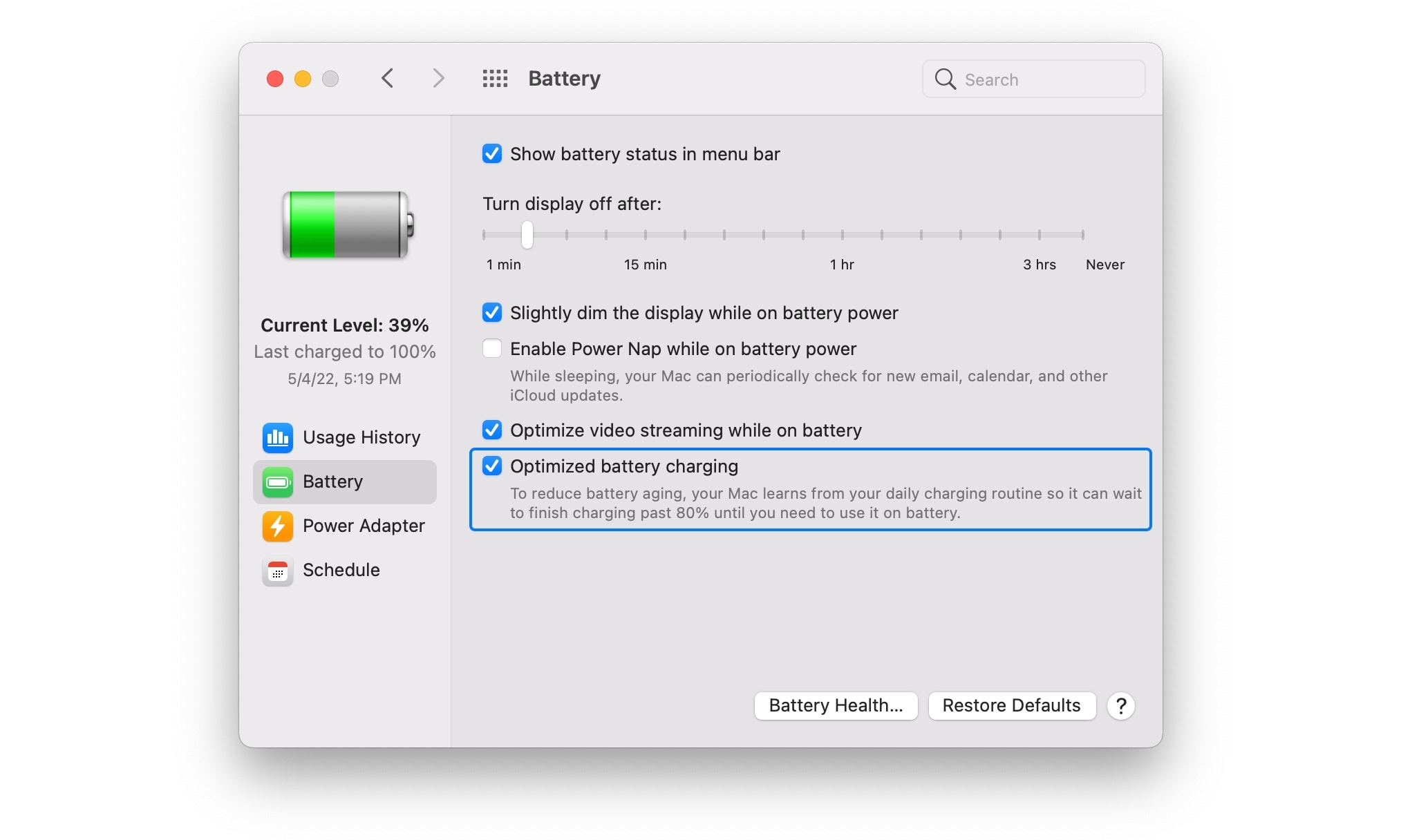
Screenshot: D. Griffin Jones/Cult of Mac
Then, make sure you’re taking advantage of optimized battery charging, which . Go to System Preferences > Battery and click on the Battery tab on the left. Make sure Optimized Battery Charging is enabled.
